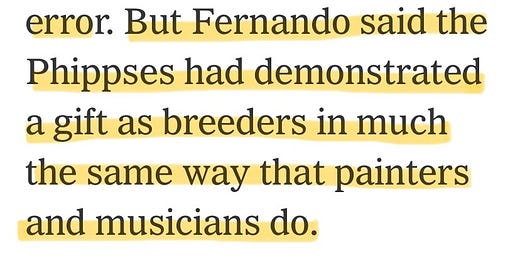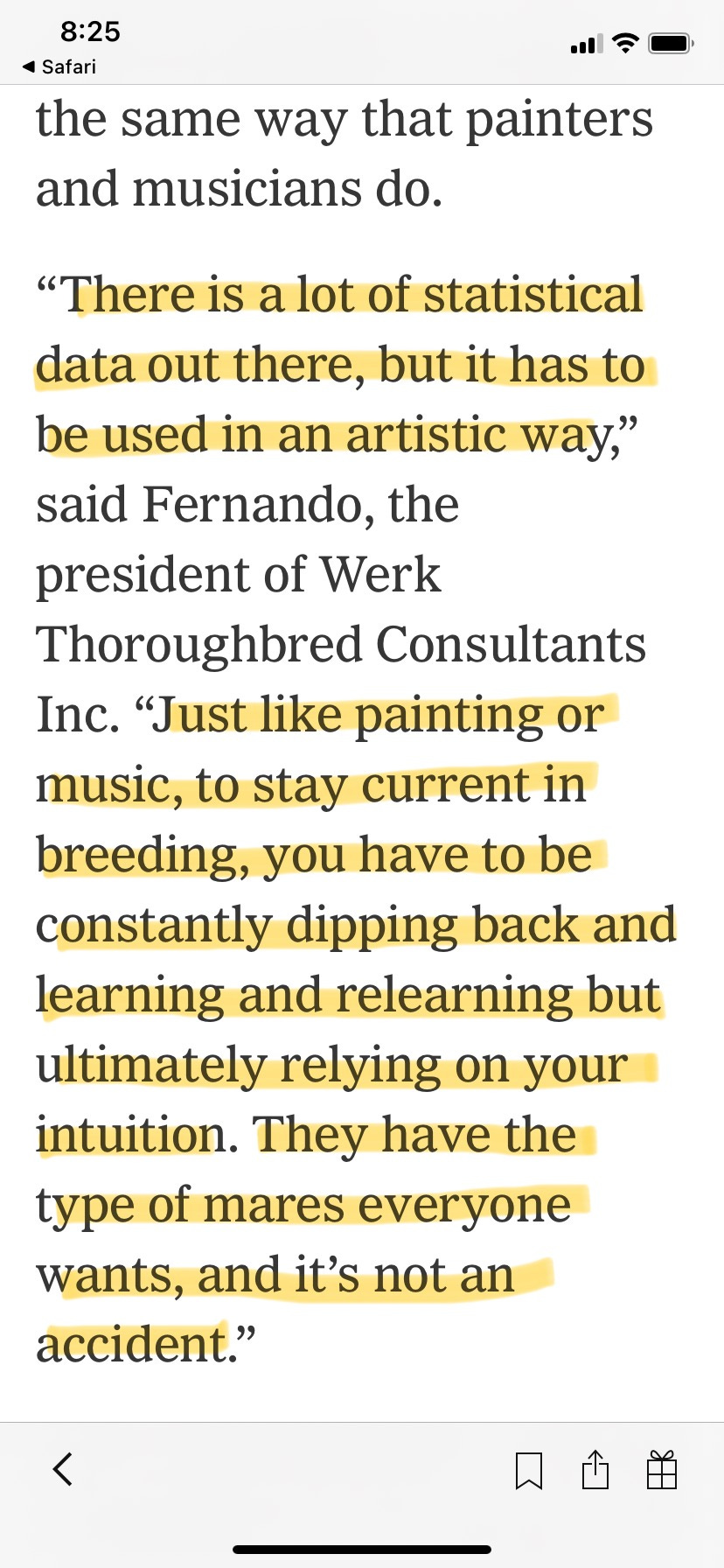By Sid Fernando
In our last post, “Owner-breeder John Fradkin gives advice to small breeders,” Fradkin said “breeding is an art not a science.”
I agree.
In breeding, everything starts with the mare and her family.
I said as much in a May 2013 article by Joe Drape in the New York Times about the Phipps family’s success throughout the years. See this from that piece:
Learning from experience is a prerequisite for gaining the intuition to create at a higher level. This applies to all endeavors, including the breeding of horses and dogs.
About four years ago, one of the top breeders of German Shepherd working dogs, Karsten Andersen, spoke to Marko Koskensalo, one of the top trainers of IGP dogs (formerly known as Schutzhund, perhaps the most demanding of dog sports that incorporates obedience, tracking, and protection in its competition format), and made some illuminating comments that could be as easily applicable to the breeding of racehorses as to the breeding of performance dogs.
Listen to Andersen’s comments about the female line at the 10:12 mark. In fact, the entire interview is excellent, particularly if you’re interested in performance dogs.
He said this:
“If you want to be a good breeder, you need to have your own female line, because then you will know everything about the female line. If you want to make good results, it’s absolutely necessary that you know everything about your female line.”
Developing a line of mares takes time.
The Phippses did know everything about their female lines, but in this age of commercial breeding, the number of homebreeders has diminished, and it’s rare to find horses produced from female lines cultivated by the same people over generations.
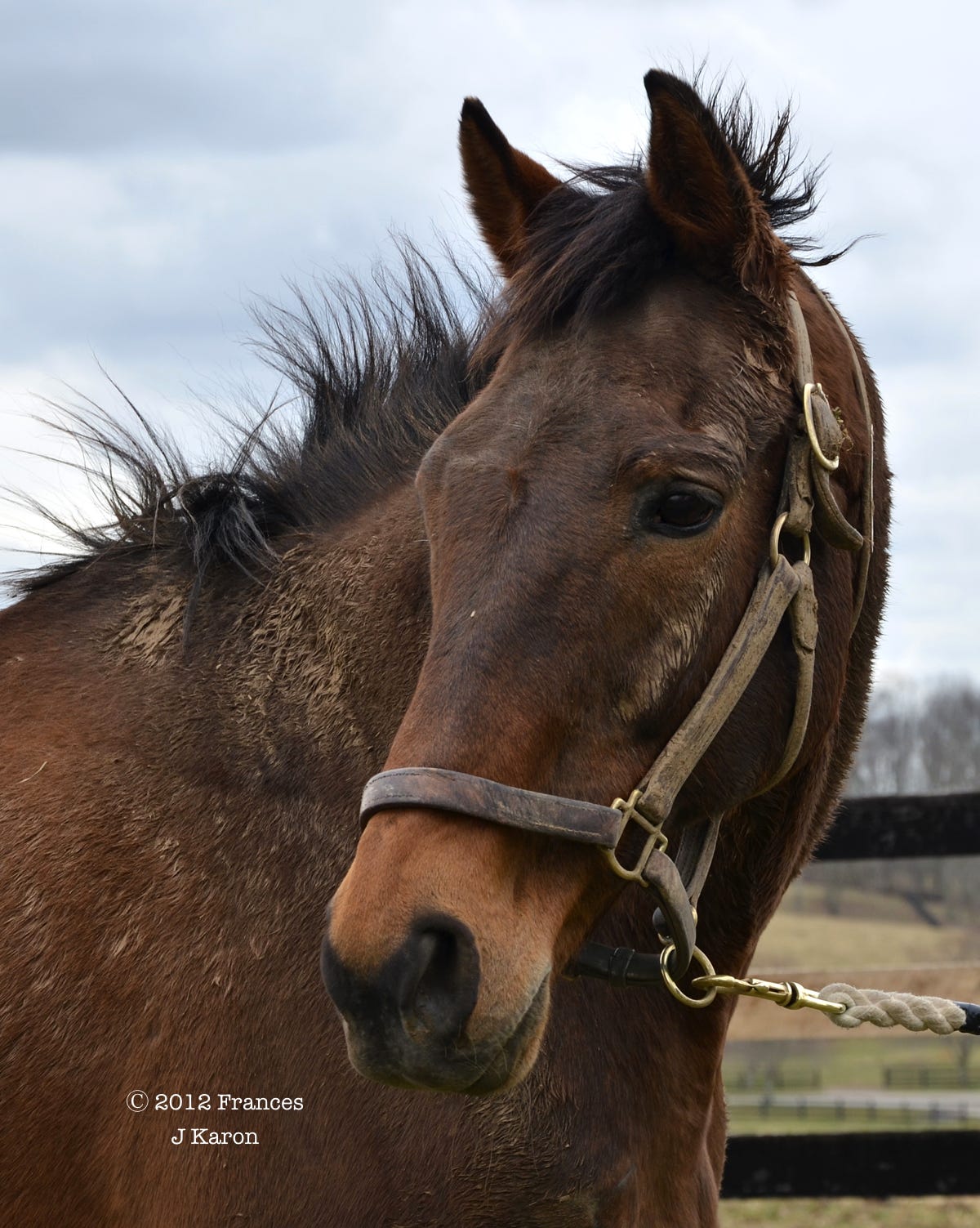
There are still a few notable homebreeders around in N. America that actively develop female families. One is Chuck Fipke, who has acquired some mares from Phipps lines and put his own stamp on them. They include the Lady Shirl family that traces to La Troienne through Baby League/Striking and several mares that trace to Personal Ensign.
To people like the Phippses, Fipke, and Andersen, knowing every detail about a female line is imperative to finding the right mates for those mares.
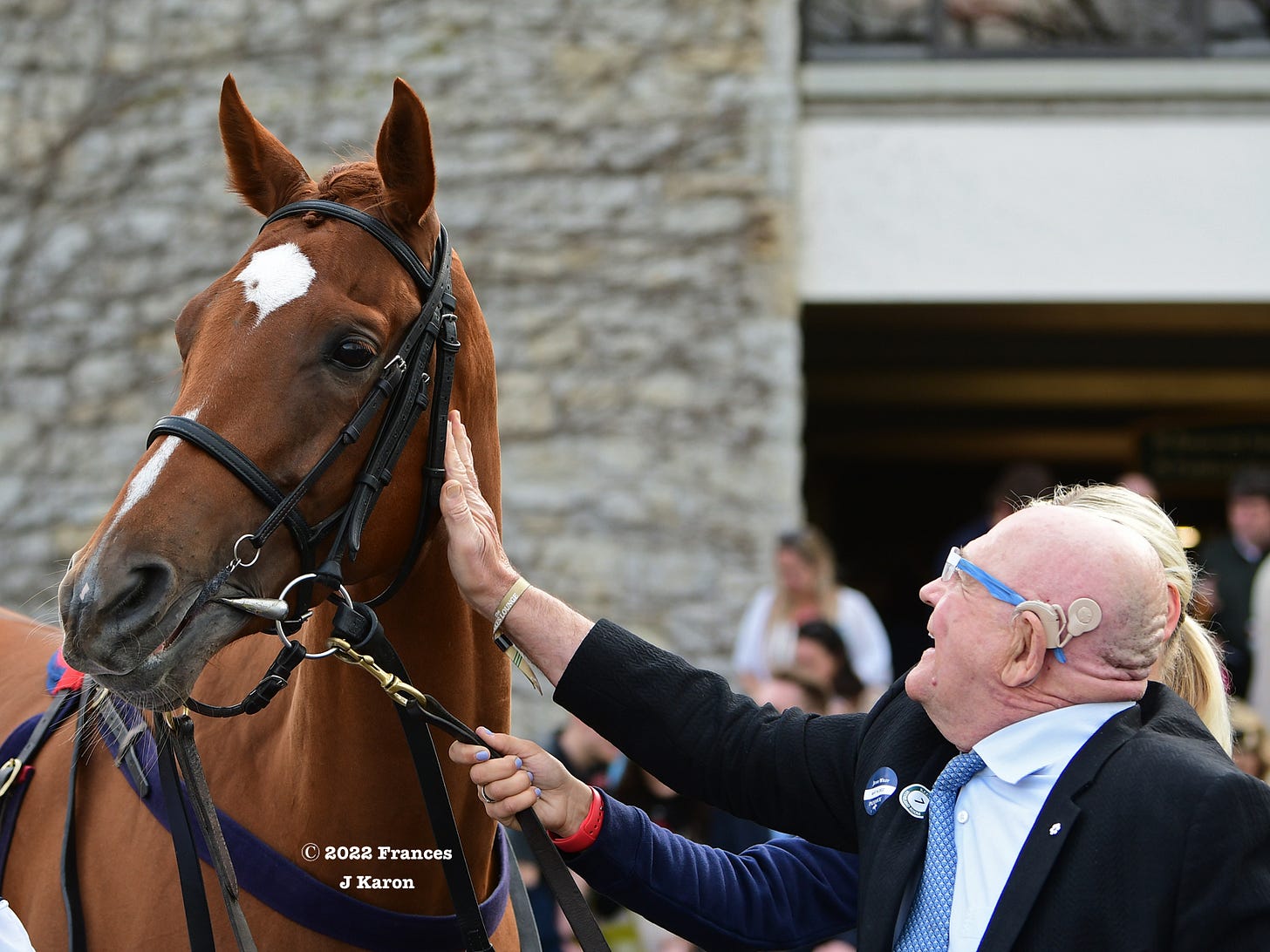
About 30 years ago or so when I was bloodstock editor at Daily Racing Form, I spoke to Alec Wildenstein, an art dealer by profession as it happens, about one of his family’s famous female lines that was notable for consistently producing horses that were back at the knee. Because Wildenstein knew about this inherited characteristic and knew it didn’t affect performance in his horses, he was unconcerned, because he was breeding to race, not to sell. He noted these horses raced in France, primarily on turf with give, and were unaffected by a conformation flaw most commercial breeders and buyers would have run from.
Likewise, Seth Hancock of Claiborne retained the Forli mare Special even though she was a terrible bleeder who was limited to one unplaced effort on the racetrack. For Hancock, it was all about the quality of Special’s family. Special ended up producing Nureyev (sold by Claiborne for $1.3 million), and Special’s Claiborne-bred daughter Fairy Bridge produced Sadler’s Wells — like Nureyev a son of Northern Dancer.
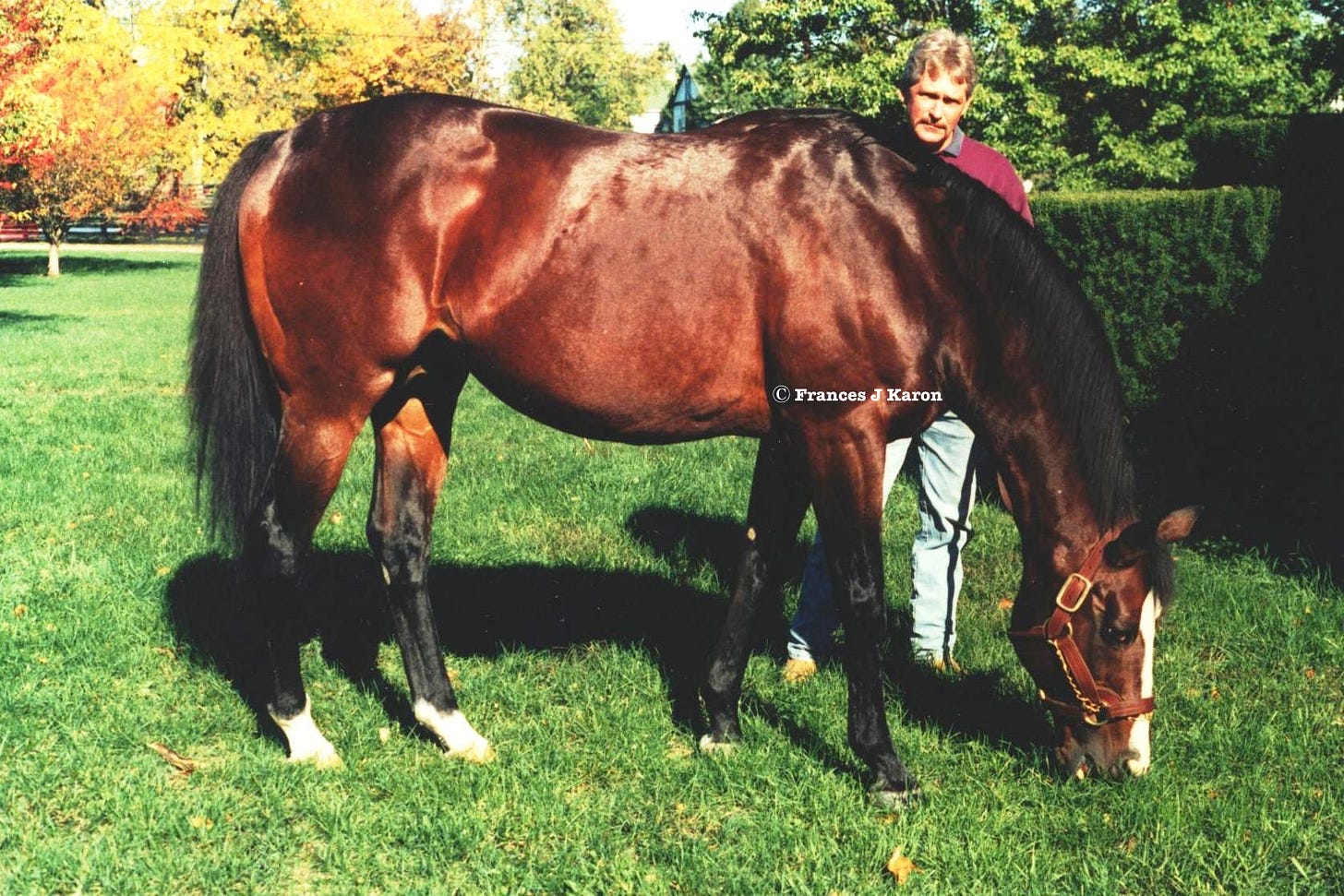
To get to the level of the Phippses (clients of the Hancocks at Claiborne), Wildensteins, and Seth Hancock takes time at a minimum, and yet there’s still no guarantee you’ll get there.
But there is a path, according to psychologists who study learned behavior. There are four stages to learning:
Unconscious incompetence. You’ve discovered a topic or bought a mare to breed and you don’t yet know what you don’t know.
Conscious incompetence. You begin to realize that you don’t know what you need to know and how the hell to breed your mare to get a runner.
Conscious competence. You begin to understand, but it takes major effort on your part. However, there’s some light at the end of the tunnel.
Unconscious competence. You understand without effort and are fluent enough in your expertise. You come up with a sound plan to breed your mare.
I’ve borrowed this graphic from a post on the subject by Zainab Zaki to illustrate the four stages visually.
Ivan Balabanov, one of the top IGP trainers in N. America, added a fifth category to this established model in a presentation I recently saw.
He called it “Art.”
That’s the stage when you can throw everything you’ve learned out the window and use intuition alone to create.
It’s an aspirational stage.

